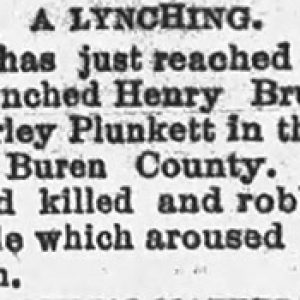 Van Buren County Lynching Article
Van Buren County Lynching Article
Entry Category: Law - Starting with V
 Van Buren County Lynching Article
Van Buren County Lynching Article
Van Buren County Lynching of 1894
Van Leuven, Kathryn
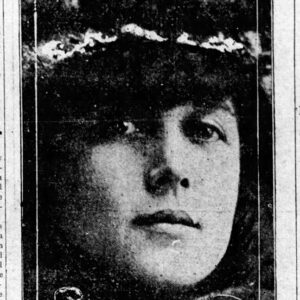 Kathryn Van Leuven Story
Kathryn Van Leuven Story
 Kathryn Van Leuven Story
Kathryn Van Leuven Story
Vapors
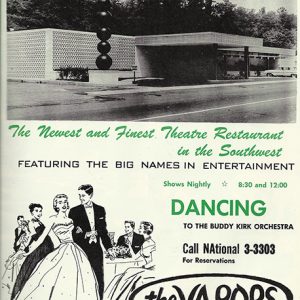 Vapors Ad
Vapors Ad
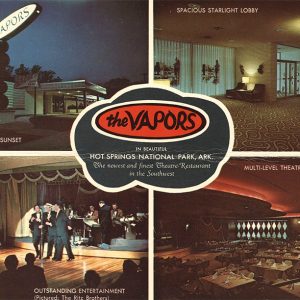 Vapors Postcard
Vapors Postcard
 Vapors, Former Location
Vapors, Former Location
Varner Unit
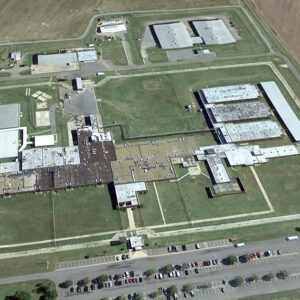 Varner Unit
Varner Unit
 Varner Unit
Varner Unit
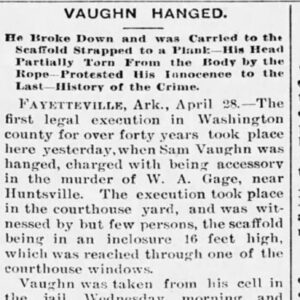 Sam Vaughn Execution Story
Sam Vaughn Execution Story




